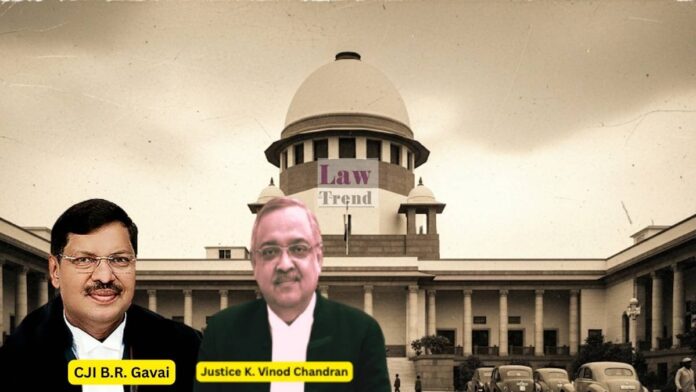The Supreme Court of India, in a significant ruling on service law, has held that appointments made from a waitlist to vacancies that arise after an advertisement are permissible, provided the advertisement explicitly states that the number of notified posts may increase or decrease. In a major relief to four Class IV employees of the
To Read More Please Subscribe to VIP Membership for Unlimited Access to All the Articles, Download Available Copies of Judgments/Order, Acess to Central/State Bare Acts, Advertisement Free Content, Access to More than 4000 Legal Drafts( Readymade Editable Formats of Suits, Petitions, Writs, Legal Notices, Divorce Petitions, 138 Notices, Bail Applications etc.) in Hindi and English.




